The Philippines for the adventurous food-lover
Just on the outskirts of Manila lie the fascinating provinces of Pampanga, Batangas and Cavite, where a mind-blowing discovery of local cuisine awaits
IF YOU’RE PLANNING A TRIP to Manila, why not expand your horizons – and your stomach – by heading out of the capital city to the culinary heartland of the Philippines?
Less than half a day’s drive from Manila will take you to the likes of Pampanga, Batangas and Cavite, where – beyond the stunning visuals of volcanic peaks, padi fields, idyllic beaches and seascapes – the soul of Filipino cuisine resides.
Rich in traditions and heritage, each province brings to the table its own unique dishes and culture, in an environment of hospitality and generosity that will make any visitor feel at home.
Whether or not you know your sisig from your palitaw, get set for a colourful journey that, like a rich bulalo beef stew, deepens in flavour the longer you stay.
Idyllic dining in Santa Rita, Pampanga
Just 45 minutes from Clark International Airport (there are direct flights from Singapore) or a two-hour drive from Manila’s city centre, the town of Santa Rita in Pampanga is home to Bale – an institution of heritage Filipino cuisine that sits within a tranquil forest.
Bale, which means “home” in the local dialect, is not so much a restaurant as it is a magical experience. It makes you feel like Alice in Wonderland after the White Rabbit leads you through a looking glass into this world of enchantment.
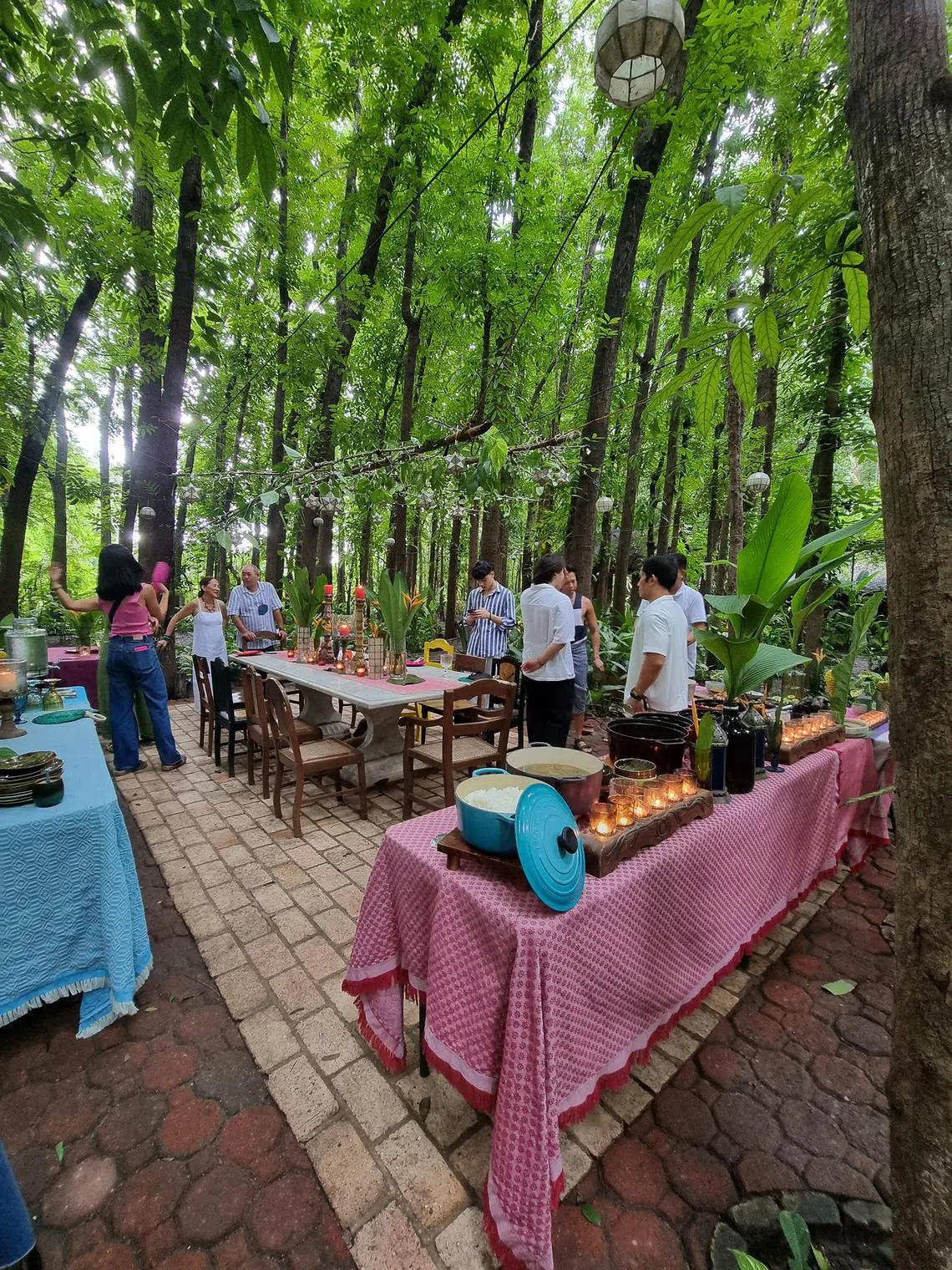
Surrounded by 10 acres of lush greenery filled with towering mahogany trees, it belongs to Singapore-based lawyer William Panlilio, a passionate Filipino who loves his heritage and wants to share it with the world. He believes that guests are welcomed in the same spirit as friends are – with music, a feast and celebration.
A meal here starts in the kitchen, where you’re soon swaying to the tune of catchy Tagalog folk songs belted out by the enthusiastic cooking team, who work over open fires fuelled by local wood. Forget binchotan – this is all about getting back to the basics.
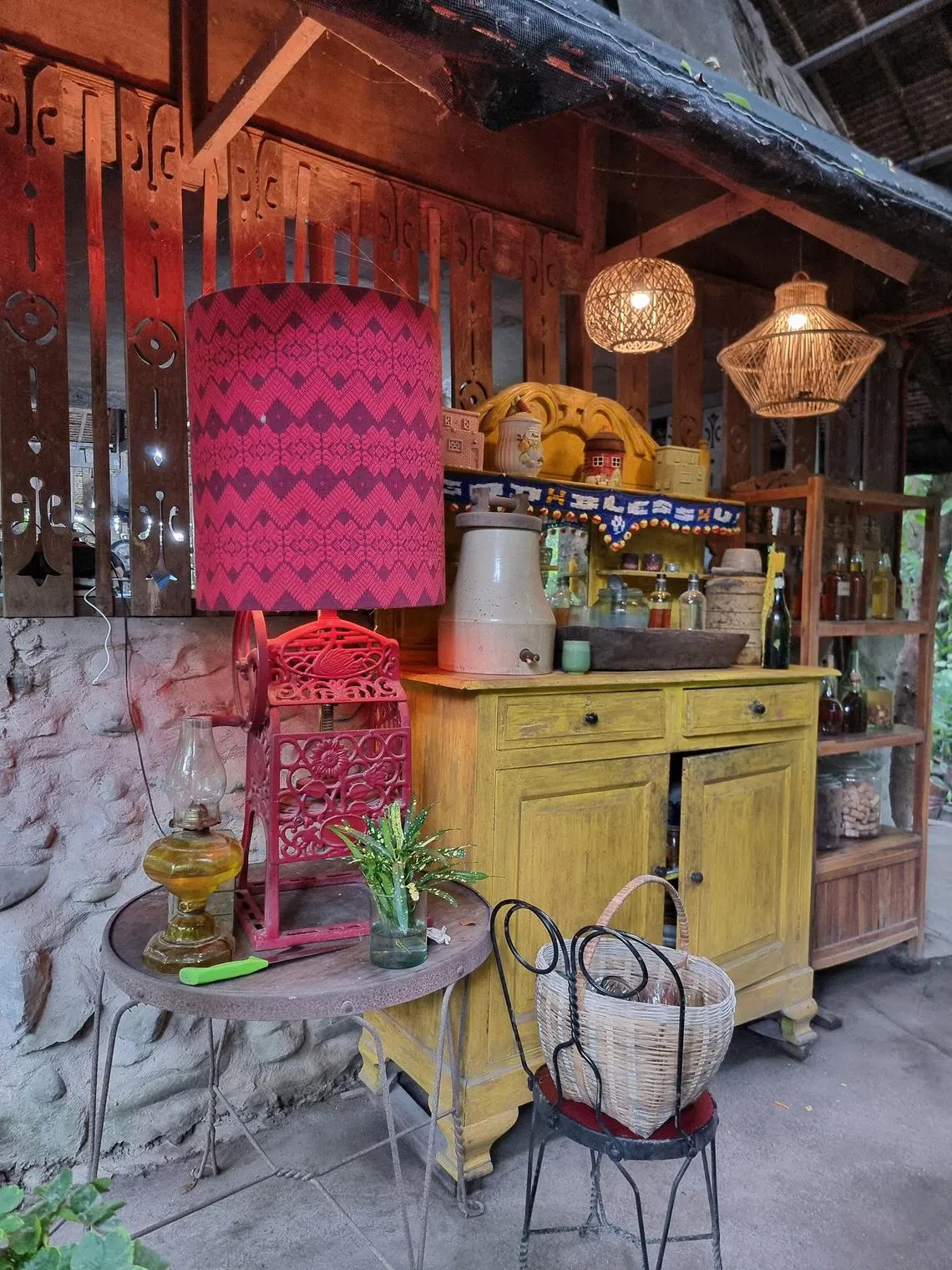
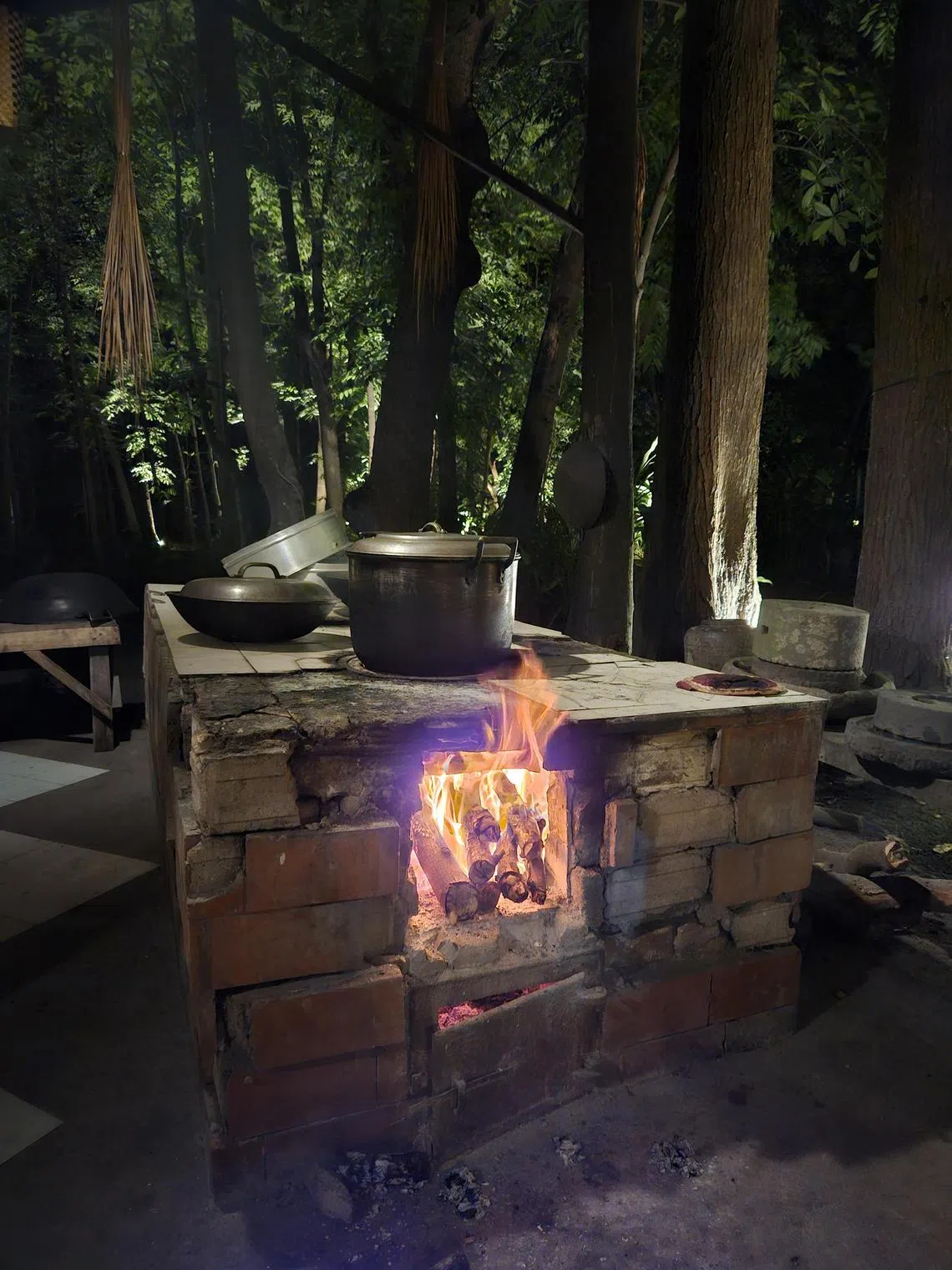
On the menu are Kapampangan delicacies prepared using heritage recipes and old techniques. Try your hand at making Filipino tamales from scratch – it’s a thrill for anyone interested in culinary history. You’ll also learn that adobo is not a dish, but a method of cooking.
SEE ALSO
Pampanga is also where the national dish sisig is said to have originated. Learn this classic recipe of grilled and chopped pork jowls, ears and belly tossed in calamansi, onions and chilli while practising how to assemble the Filipino version of the tamale.
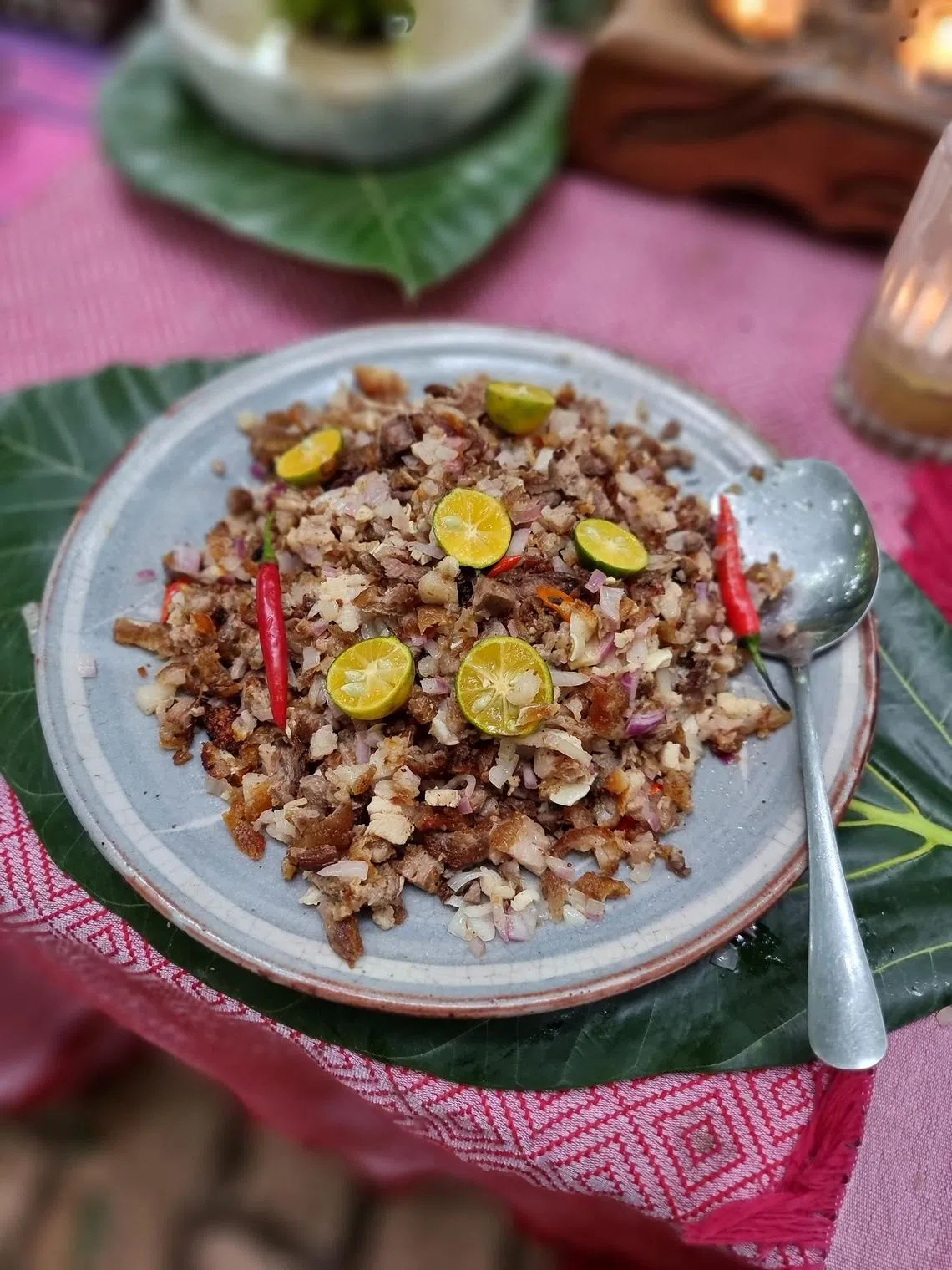
In the Philippines, rice is used instead of corn (the latter is common in South America). Think of this as a Filipino popiah party as you wrap your own roll filled with local chorizo, ham, shrimp, buro (Kapampangan fermented rice), cashews and heavenly crab fat.
Other delicacies include chicharon, or deep-fried pork belly (known as pititian in the Kapampangan dialect), which also has South American origins. The crunchy pork strips lift a simple corn soup (or suam) and are also popularly eaten wrapped in lettuce and topped with crab fat. Painstakingly extracted from Asian shore crabs, crab fat is known in Tagalog as aligue or taba ng talanka, and is a much-loved ingredient.
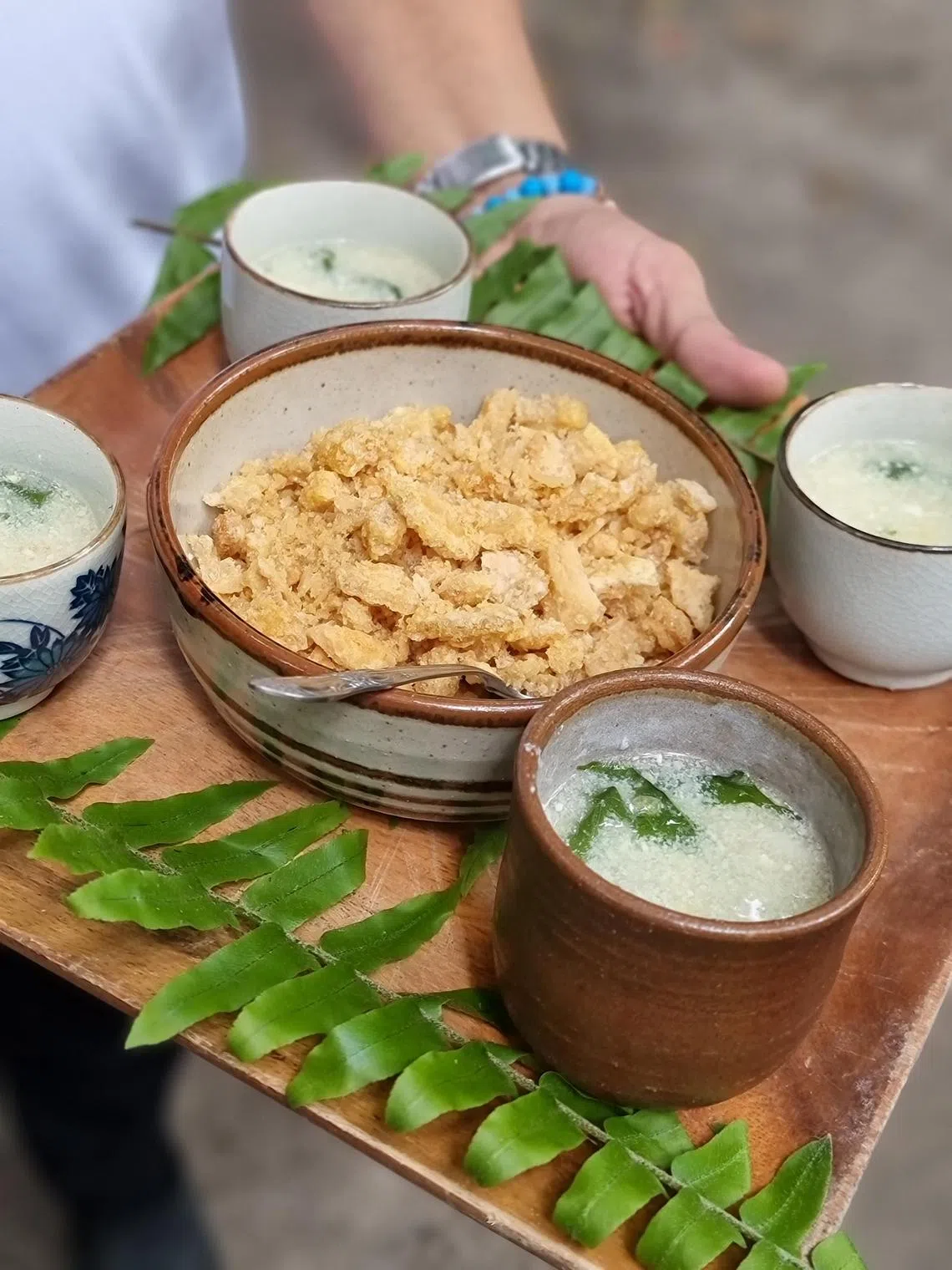
Bale is open for reservations and offers multi-course, farm-to-table meals served communal-style. Even for the most seasoned culinary traveller, the experience at Bale is an excellent way to discover Filipino cuisine.
Volcanic delights in Batangas
A newly built expressway has cut the travel time from Santa Rita to Tanauan in Batangas to four hours by car. This is where you’ll find scenic views of the iconic Taal Volcano, one of the most active volcanoes in the country, in addition to excellent heritage food and cosy villas for a relaxing weekend stay.

There’s plenty of local food to sample, including bulalo (beef marrow stew), lomi (similar to Chinese egg noodle soup) and tawilis (a freshwater fish endemic to Taal Lake). Head to the charming Casa Luisa for a local meal, and make a stop at Hidden Valley Spring to gaze at the natural pools and beautiful waterfalls – it’s worth spending the night there if you can.
The plan is no plan
When it’s time to unwind, stay at Parallel Luxury Villas in Tanauan – a hidden sanctuary where you can embrace its motto “the plan is no plan”.
Owned and managed by hospitality-focused entrepreneurs Geronimo and Pam Begre, Parallel marries Brutalism and minimalism in its design philosophy. The owners, who are Swiss-Filipinos, have made the villas functional, but they also make sure that the heritage of the land and their personal stories remain intact.
Sitting on the patio of your villa with a commanding view of Taal Lake and Taal Volcano, you’ll feel far removed from the humdrum routine of daily life. To add to the magic, a good-sized pool provides the solitary and peaceful experience of late-night swimming under the full moon.

Temptations of Tagaytay
From Tanauan, a one-hour drive around Taal Lake brings you to Tagaytay in the province of Cavite. Its high altitude makes it a draw for locals who refer to it as the second summer capital of the Philippines.
Tagaytay gets very crowded on weekends and during the holiday season, but it still warrants a visit for a great dining experience. You’re in good hands with popular Filipino chef Antonio Escalante, who has three restaurants in Tagaytay alone. Balay Dako by Antonio is a casual spot with a breathtaking view of Taal Lake, and is a good introduction to Filipino food with its menu of Spanish, traditional and Filipino-Chinese dishes.

The panghimagas (dessert) station of its buffet is a must. Filipinos love their sweets, and you’re spoilt for choice here. Turon con langka is a fried banana and jackfruit fritter that’s a local favourite. But you can’t walk past the palitaw station without being lured in by the fragrance of freshly grilled glutinous rice cakes, which are rolled in grated coconut and showered with muscovado sugar and sesame seeds.
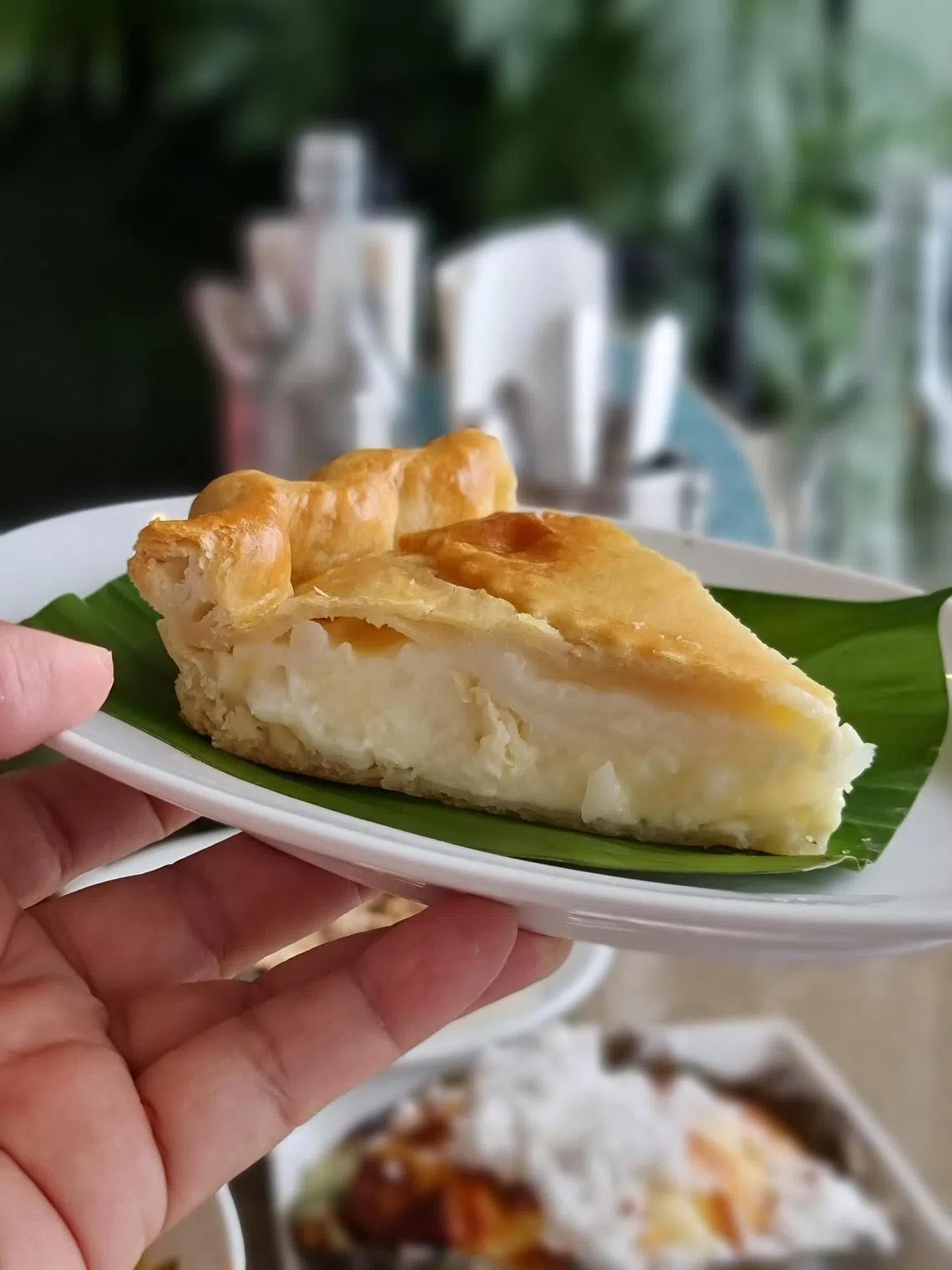
Bibingka is a close cousin of our familiar kueh bingka, while buko pie is a luscious confection of flaky pastry filled with layers of creamy young coconut. Pair your desserts with a pot of sikwate – a traditional hot chocolate made from local cacao beans – which is also a Christmas treat.
A touch of Spain
A 20-minute drive from Balay Dako is the architecturally impressive Asador Alfonso, a Spanish gastronomic restaurant built on the grounds of the Calma family estate. A passion project of Carlo Calma, the architect behind the Philippine pavilion for the World Expo in Osaka in 2025, the building sits on more than nine hectares of land within sight of Taal Volcano.
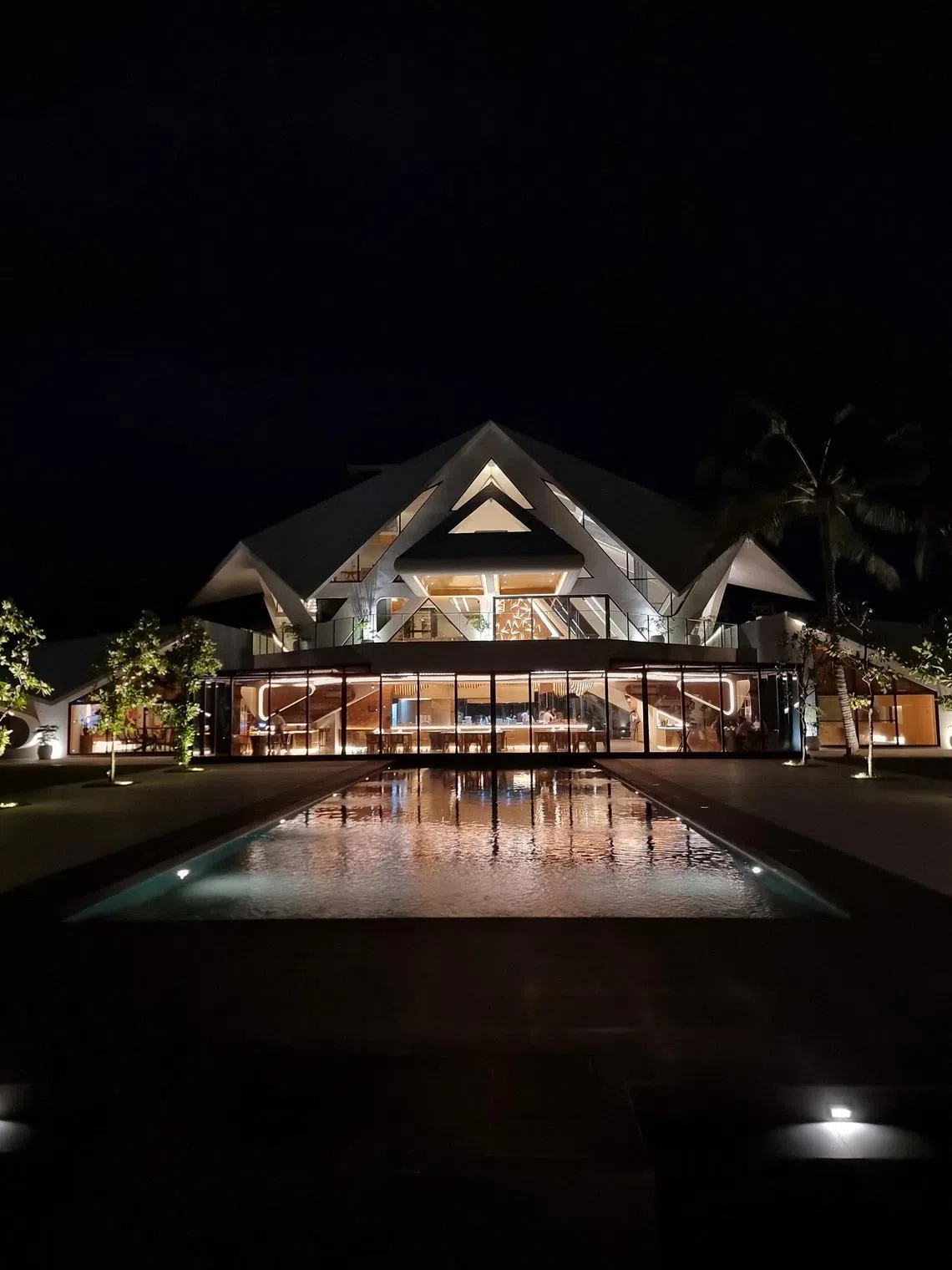

Calma enlisted chef Chele Gonzalez (of Gallery by Chele fame) to helm Asador Alfonso, and he is also the co-owner. Designed to be environmentally friendly while serving fine Spanish cuisine, the restaurant is made from recycled pallets sourced from post-consumer plastic waste. Where possible, eco-bricks, eco-lumber and reclaimed wood were used.
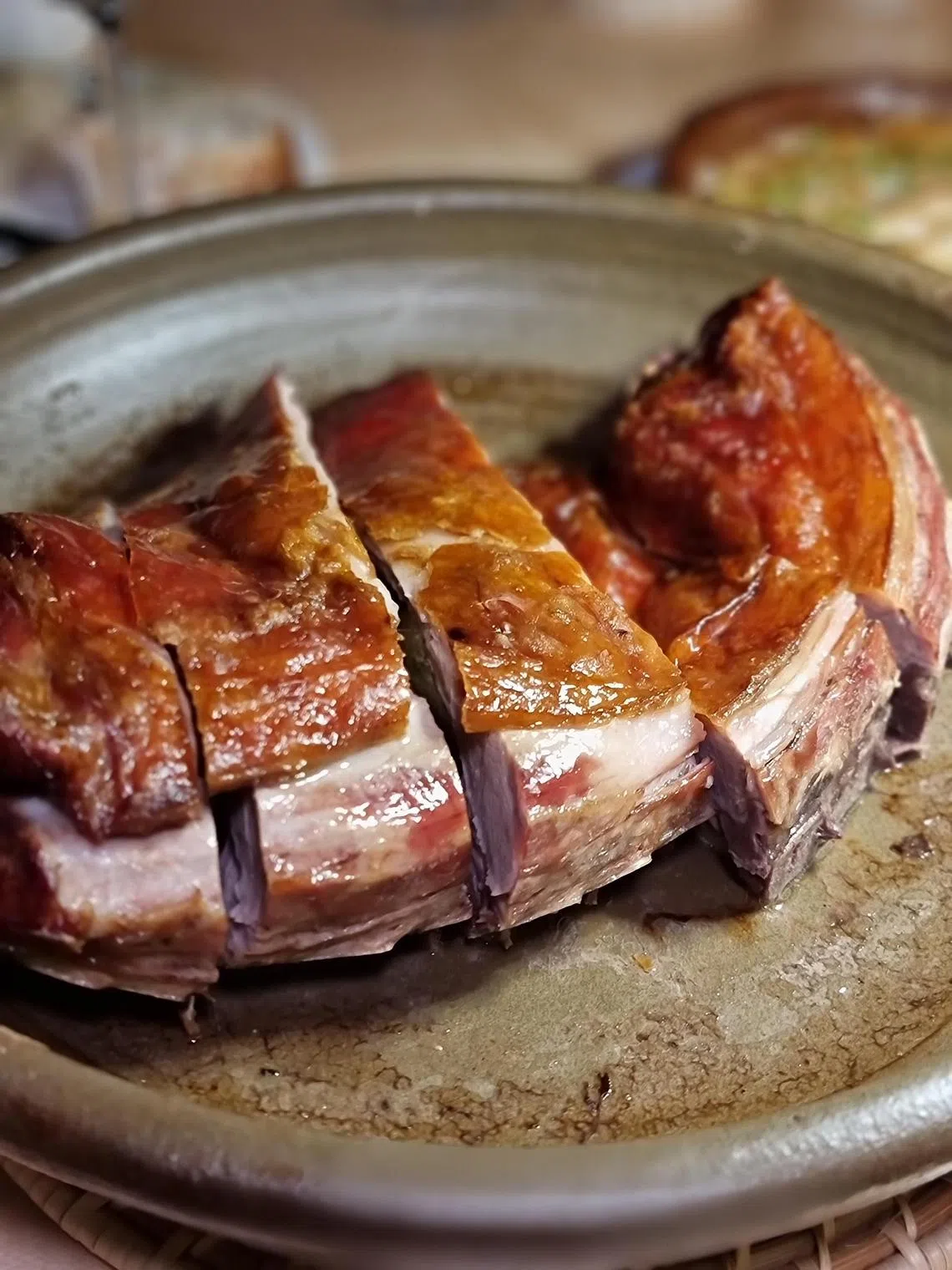
Come early to enjoy the sunset and marvel at the design as you savour traditional wood-fired cooking inspired by the food of the Castilla region. Dishes such as carabinero prawns, suckling pig (cochinillo) and suckling lamb (lechazo) are given a Filipino twist with the use of local anchovies. Gonzalez works with the region’s farmers and fisheries to offer the best of both worlds.
Whether you’re new to the Philippines’ cuisine or already a fan, it’s time to take a deep dive into this underrated dining destination – there’s so much more to explore still.
Decoding Asia newsletter: your guide to navigating Asia in a new global order. Sign up here to get Decoding Asia newsletter. Delivered to your inbox. Free.
Copyright SPH Media. All rights reserved.

